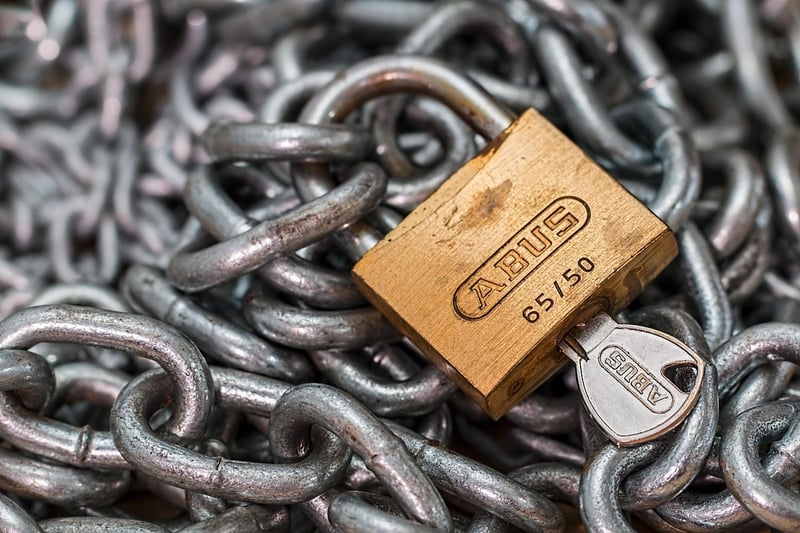Causality Safeguards
Avoiding Timeline Disruptions and Causality Safeguards

Time travel has long been a fascinating concept in science fiction, but the idea of altering the past or future raises concerns about potential timeline disruptions and causality paradoxes. To navigate these complexities, certain safeguards and principles must be considered.
1. Temporal Prime Directive
The Temporal Prime Directive, inspired by popular culture, serves as a guiding principle for avoiding interference in historical events. It emphasizes non-interference with the natural progression of time to prevent unintended consequences.
2. Quantum Entanglement
Quantum entanglement theory suggests that particles can be connected across space and time. Leveraging this phenomenon may offer a way to traverse timelines without causing disruptions, as changes in one timeline may not affect another due to entanglement.
3. Multiverse Theory
Exploring the concept of multiple parallel universes, as proposed by multiverse theory, provides a framework for time travel that avoids altering the existing timeline. By navigating between different universes, travelers can observe without directly influencing events.
4. Chronology Protection Conjecture
The Chronology Protection Conjecture posits that the laws of physics inherently prevent time travel paradoxes. While this concept remains theoretical, it suggests a natural safeguard against disrupting causality through time manipulation.
5. Ethical Considerations
Beyond theoretical frameworks, ethical considerations play a crucial role in time travel. Respecting the integrity of historical events and the lives of individuals is essential to prevent unintended harm or alterations that could have far-reaching consequences.
By integrating these safeguards and principles, the potential risks associated with time travel can be mitigated, ensuring a more responsible and secure exploration of temporal possibilities.
